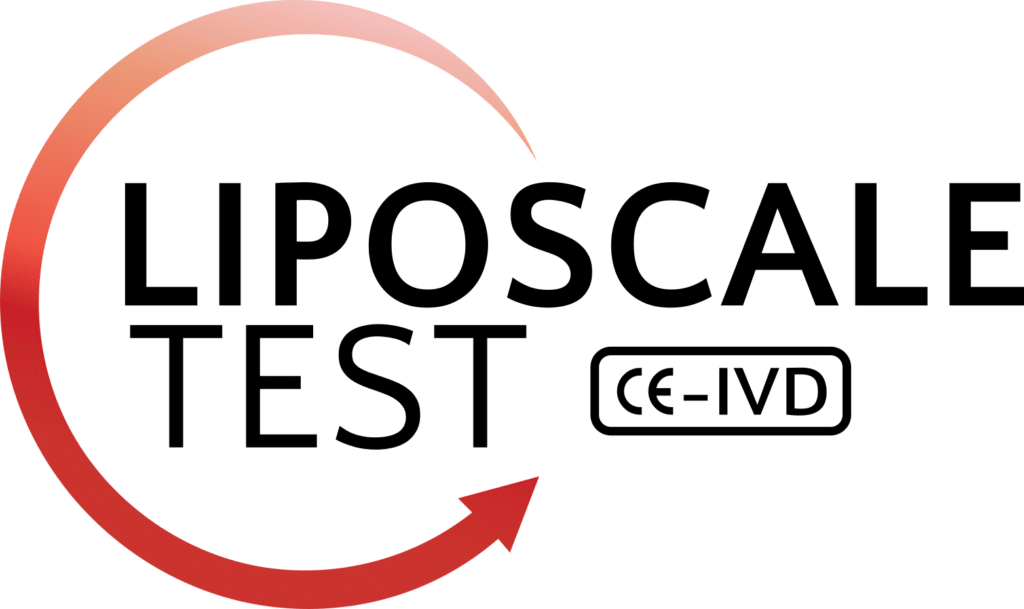Abstract
Minimally invasive prognostic markers of inflammation and dyslipidemia in individuals with a risk of psychosis, also called «at-risk mental state» (ARMS), or in the first episode of psychosis (FEP) are of utmost clinical importance to prevent cardiovascular disorders. We analyzed the plasma concentration of inflammation-linked glycoproteins (Glycs) and lipoprotein subclasses by proton nuclear magnetic resonance (1H NMR) in a single acquisition.
Study participants were healthy controls (HCs, N = 67) and patients with ARMS (N = 58), FEP (N = 110), or early psychosis diagnosis with ≥2 episodes (critical period (CP), N = 53). Clinical biomarkers such as high-sensitivity C-reactive protein, interleukin 6, fibrinogen, insulin, and lipoproteins were also measured. Although all participants had normal lipoprotein profiles and no inflammation according to conventional biomarkers, a gradual increase in the Glyc 1H NMR levels was observed from HCs to CP patients; this increase was statistically significant for GlycA (CP vs HC). In parallel, a progressive and significant proatherogenic 1H NMR lipoprotein profile was also identified across stages of psychosis (ARMS and CP vs HC).
These findings highlight the potential of using 1H NMR Glyc and lipoprotein profiling to identify blood changes in individuals with ARMS or FEP and pave the way for applications using this technology to monitor metabolic and cardiovascular risks in clinical psychiatry.


